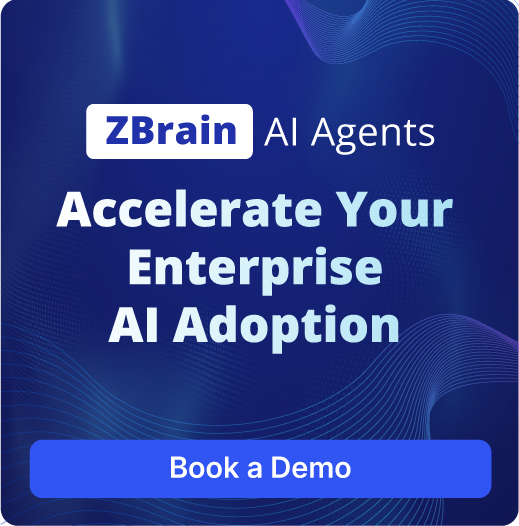Optimize Compliance with ZBrain AI Agents for Regulatory Monitoring
ZBrain AI agents for Regulatory Monitoring transform the oversight of regulatory compliance processes, seamlessly automating critical tasks such as data collection, real-time reporting, risk assessment, policy tracking, and audit preparation. These AI agents enable organizations to meet dynamic regulatory requirements by enhancing accuracy and efficiency. ZBrain AI agents harness powerful algorithms to monitor compliance risks, track regulatory changes, and ensure timely reporting, allowing compliance teams to concentrate on strategic planning and decision-making. The adaptability of ZBrain AI agents for Regulatory Monitoring allows them to support a wide range of compliance tasks, from maintaining accurate records and conducting policy evaluations to managing audit trails and facilitating regulatory inspections. These AI agents streamline the workflow by automating routine tasks like data entry and cross-referencing compliance regulations, ensuring that organizations maintain a robust compliance framework. By leveraging ZBrain AI agents, companies can mitigate compliance risks and enhance their capability to respond with agility to regulatory demands, enabling a proactive approach to compliance management.


 Live
Live